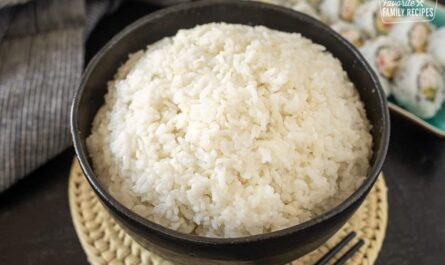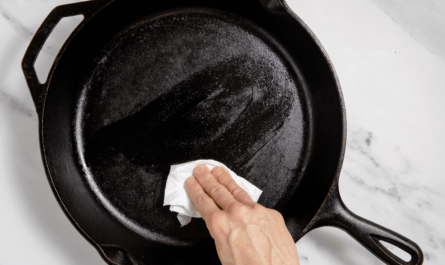Are you struggling with the mushy sushi rice adjustment? Achieving the perfect texture in sushi rice can be a challenge, but it is essential for making delicious sushi. Whether you’re a seasoned sushi chef or a home cook trying to perfect your craft, understanding how to adjust mushy rice can elevate your sushi game. Let’s delve into the art of crafting impeccable sushi rice!

Understanding the Importance of Rice Texture
The texture of sushi rice is crucial. It should be sticky enough to hold together yet firm enough to maintain its shape. If your sushi rice is too mushy, it can affect the overall quality and presentation of your sushi. The right rice texture enhances the flavors and provides that satisfying mouthfeel that sushi lovers crave.
Causes of Mushy Sushi Rice
Several factors can lead to mushy sushi rice. Overcooking is a common issue, where too much water is absorbed by the rice, making it soft and sticky. The type of rice used also plays a significant role; using the wrong grain can result in an undesired texture. Additionally, not allowing the rice to cool properly can contribute to a mushy consistency.
Choosing the Right Type of Rice
For perfect sushi rice, selecting the right type of rice is paramount. Short-grain rice is preferred because of its ideal starch content, which helps achieve the perfect balance of stickiness and firmness. You can learn more about different rice types, like Yamadanishiki rice, known for its unique features.
Adjusting Cooking Time and Water Ratio
One of the primary methods for mushy sushi rice adjustment is to carefully control the cooking time and water ratio. Typically, a 1:1.25 rice-to-water ratio works well for short-grain rice. Adjusting the water level can help you achieve the desired texture. If your rice is consistently too mushy, try using slightly less water.
Cooling and Seasoning Your Rice
Properly cooling and seasoning your rice is another essential step. Spread the freshly cooked rice on a flat surface and let it cool to room temperature. During this process, gently fold in the vinegar mixture. This step not only flavors the rice but also helps in achieving the right texture.
For some exciting and flavorful sushi variations, you might want to explore flavored sushi rice recipes.
Common Mistakes to Avoid
To prevent mushy rice, avoid common pitfalls such as rinsing rice improperly, which can lead to excess starch and stickiness. Also, resist the urge to stir rice excessively during cooking, as this can break the grains and lead to mushiness.
Tips for Perfect Sushi Rice
Here are some quick tips to ensure your sushi rice comes out perfectly:
- Use cold water and rinse the rice thoroughly before cooking.
- Utilize a rice cooker for consistent results.
- Allow the rice to rest after cooking for better texture.
Culinary Techniques for Sushi Rice
Mastering culinary techniques can enhance your sushi-making skills. Understanding the art of sushi rice preparation can transform your sushi from ordinary to extraordinary. For example, using a fan while mixing the vinegar with rice can help achieve the desired gloss and texture.
Experimenting with Flavors
Once you’ve mastered the basics, experimenting with flavors can bring a new dimension to your sushi. Consider trying a coconut sushi rice recipe for a tropical twist.
Alternative Grains for Sushi
If you’re looking for alternatives, there are various grains you can use for sushi. For those with dietary restrictions, gluten-free sushi rice alternatives offer a great solution.
FAQs on Sushi Rice
Why is my sushi rice too sticky?
Sticky sushi rice usually results from too much water or overcooking. Adjusting these elements can help achieve the desired consistency.
Can I use long-grain rice for sushi?
Long-grain rice is not recommended for sushi as it lacks the necessary starch content to bind the rice properly.
How much rice is needed per sushi roll?
Typically, you need about 1/2 cup of cooked rice per sushi roll. For more details, check out this guide.

Conclusion
Mastering the art of mushy sushi rice adjustment is an essential skill for anyone passionate about sushi. By understanding the importance of rice texture, choosing the right ingredients, and employing proper techniques, you can create sushi that delights both the eyes and the taste buds. Happy sushi making!
For additional information on cooking short-grain rice, you can visit this external resource.
This article contains affiliate links. We may earn a commission at no extra cost to you.




